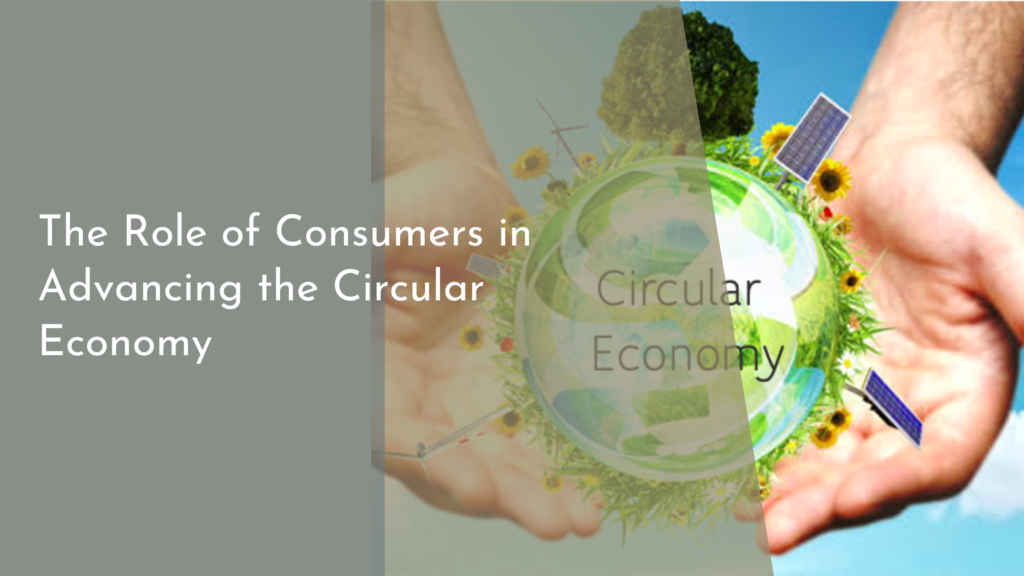Sustainable Urban Neighborhood Development Frameworks
As cities around the globe grapple with the challenges of urbanization, climate change, and social equity, the concept of sustainable urban neighborhood development has emerged as a beacon of hope. This framework not only addresses environmental impacts but also enhances the quality of life for residents. Embracing a holistic approach, sustainable urban neighborhoods foster community ties and promote an eco-conscious lifestyle. This article outlines the principles and innovative strategies that are shaping the cities of tomorrow.
Embracing Green Living: The Future of Urban Neighborhoods
Sustainable urban neighborhoods redefine the way we think about city living by prioritizing green spaces, energy efficiency, and smart design. These developments encourage residents to adopt eco-friendly practices through the integration of parks, community gardens, and green roofs, creating a vibrant ecosystem that benefits both people and wildlife. With a focus on reducing carbon footprints, urban areas are evolving to become more livable, resilient, and enjoyable places to reside.
Moreover, the shift towards sustainable urban development signifies a cultural transformation. Communities are increasingly recognizing the importance of reducing waste and conserving resources, leading to a collective commitment to green living. This transformation is not just about architecture; it is about fostering a sense of belonging and shared responsibility among residents, who actively participate in creating a healthier environment for themselves and future generations.
Key Principles of Sustainable Urban Development Frameworks
At the heart of sustainable urban development are key principles that guide the planning and execution of neighborhood projects. These principles include mixed-use development, which combines residential, commercial, and recreational spaces, allowing for greater accessibility and reduced reliance on vehicles. By creating walkable neighborhoods, urban planners aim to reduce traffic congestion and pollution, while promoting healthier lifestyles through increased physical activity.
Another essential principle is the incorporation of renewable energy sources and sustainable materials in construction practices. This focus on energy efficiency not only minimizes environmental impact but also provides long-term economic benefits for communities. By investing in solar power, rainwater harvesting systems, and sustainable building materials, neighborhoods can significantly lower their utility costs and contribute to a greener planet.
Innovative Strategies for Eco-Friendly Community Building
Innovative strategies are at the forefront of sustainable urban neighborhood development, pushing the boundaries of traditional urban planning. One such strategy is the implementation of smart technology, which enhances the efficiency of urban systems. By using sensors to monitor energy use, waste production, and traffic patterns, cities can optimize resources and respond proactively to environmental challenges. This data-driven approach empowers communities to make informed decisions that align with their sustainability goals.
Additionally, many urban neighborhoods are embracing circular economy principles, which aim to minimize waste and maximize resource use. This involves not only recycling and composting initiatives but also fostering local businesses that prioritize sustainability. By creating markets for locally sourced products, neighborhoods can reduce their carbon footprint and support economic resilience, enabling residents to thrive in a community that values both people and the planet.
Building Together: Engaging Residents in Sustainability Efforts
Engaging residents in sustainability efforts is crucial for the success of any sustainable urban neighborhood. Community involvement fosters a sense of ownership and accountability, encouraging individuals to take active roles in their neighborhoods. Workshops, educational programs, and volunteer opportunities can empower residents to participate in sustainability initiatives, from tree planting to community clean-up events. By involving residents in decision-making processes, urban planners can create tailored solutions that reflect the unique needs and aspirations of the community.
Furthermore, strong communication channels between local governments, organizations, and residents can enhance collaboration and encourage innovative ideas. Digital platforms and social media serve as powerful tools to keep residents informed, solicit feedback, and promote sustainability initiatives. By fostering an inclusive atmosphere where everyone’s voice is heard, urban neighborhoods can create a culture of sustainability that thrives on collective effort and community spirit.
Sustainable urban neighborhood development frameworks are transforming cities into vibrant, eco-friendly spaces where residents can thrive and connect with their environment. By embracing green living, adhering to key principles, implementing innovative strategies, and engaging the community, these frameworks pave the way for a brighter, more sustainable future. As we work together to build resilient neighborhoods, we can create a legacy of sustainability that not only enhances our quality of life but also preserves our planet for generations to come. Together, we can cultivate communities that celebrate both nature and humanity, making urban living a joyful and enriching experience.

